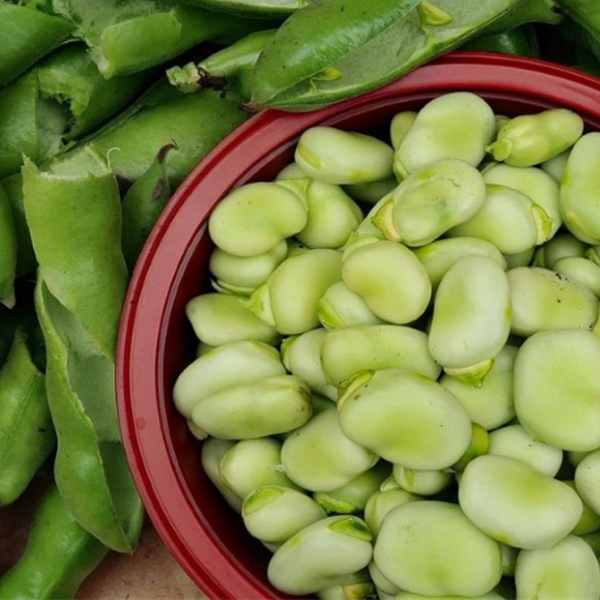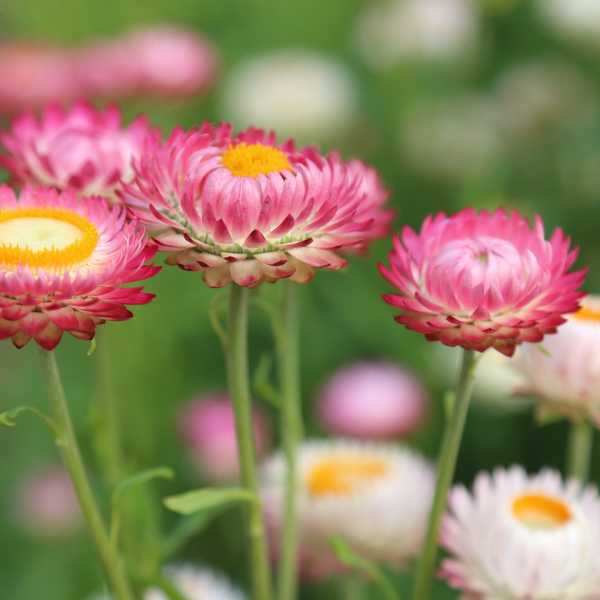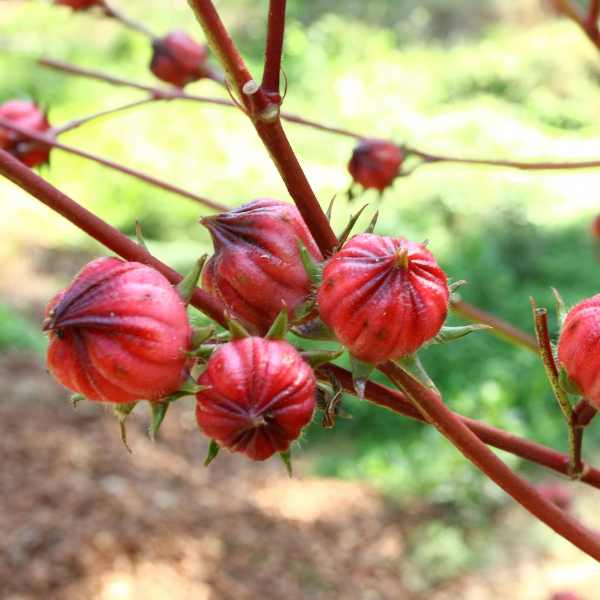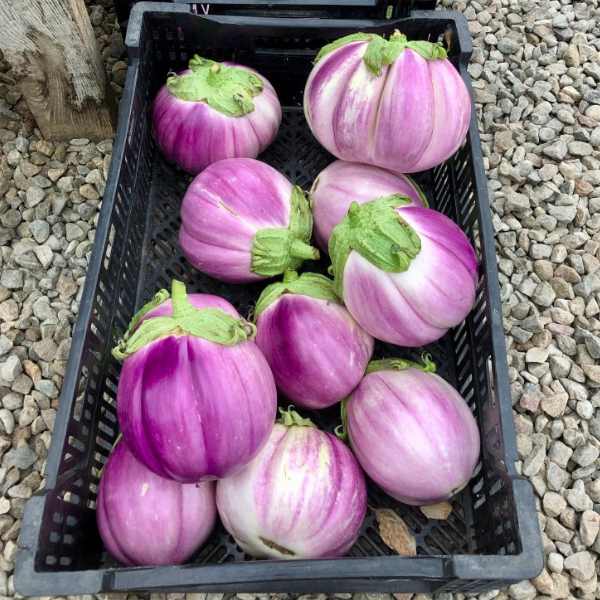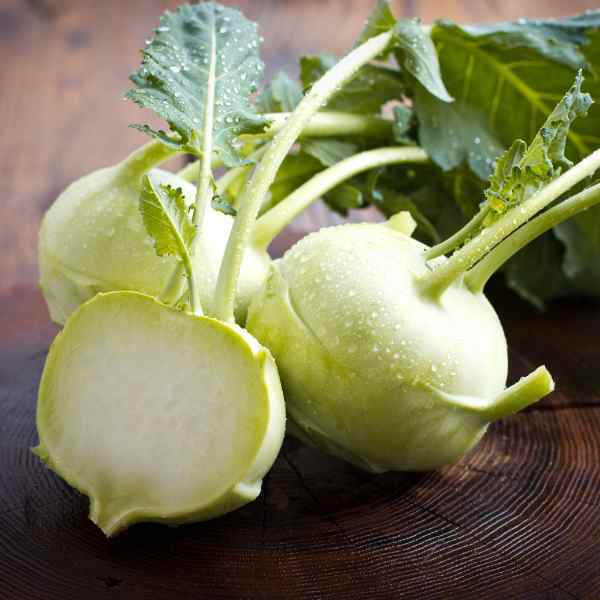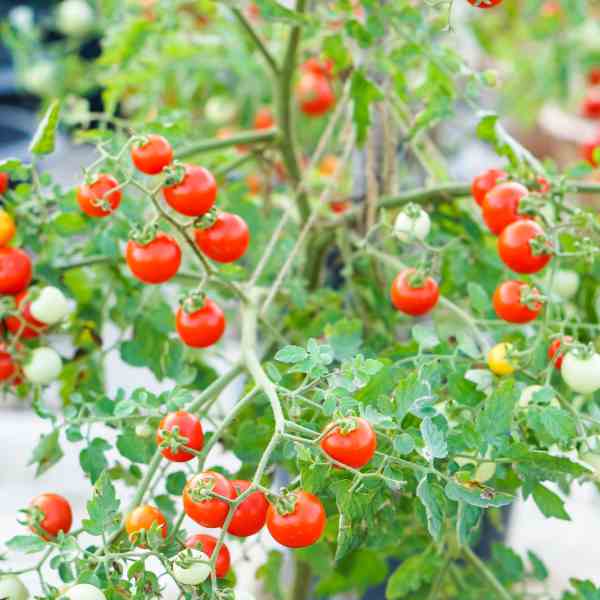Bunching Onions
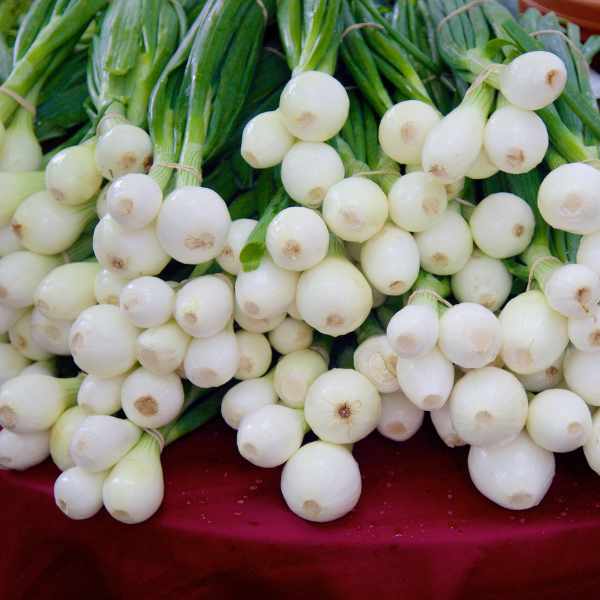
If you aren’t already growing this enticing crop in your garden, you should be! Bunching onions, allium fistulosum, are a cinch to grow, strong and enduring, and once established, they can supply a sharp and delicious punch of flavour to your cooking, year after year.
What is a bunching onion?
It’s not a spring onion even though it has a similar appearance, flavour, and culinary uses. Spring onions are immature onion seedlings picked well before the bulb appears whereas a bunching onion will never form a bulb. They are also known as Welsh onions, green onions, Japanese bunching onions, and scallions.
The plant puts out around 10 shoots per plant. They can be treated as a “cut and come again” crop with individual stems harvested as needed before growing back in a surprisingly short amount of time.
Once established in your garden, plants can be divided easily to spread around, or to share with friends and neighbours. Division can be done at any time of year, but spring is best. To divide plants, just dig up a clump, carefully split the root ends into several sections, and replant.
Bunching onions are very resilient. They will grow in almost any soil conditions and can even tolerate drought. That being said, providing a nutrient-rich soil in full sun with plenty of water will certainly help to produce a superior crop.
Plants will benefit from regular watering, as well as the addition of liquid feed such as comfrey tea or fish fertilizer every few weeks. To make a homemade comfrey tea, cut a bunch of comfrey leaves and place them in a five-gallon bucket of water. Wait a couple of days, strain, and this nutrient-rich “tea” is ready to be used on your plants.
It is also important to keep the area around your plants free of weeds. Surrounding them with a thick layer of mulch is an ideal way to keep both weeds down and the soil moist.
Sowing Advice
- Best sown in autumn, spring with an ideal germination temperature of 15-25°C.
- They can be grown as a seedling to transplant or sown direct.
- Spread sparingly and cover with 3mm of soil.
- Water gently with a mister or fine sprinkler, always keeping the soil moist but not sodden.
- Germination usually takes 7 – 10 days.
- If transplanting they will be ready in four weeks to harden off and move.
Harvesting
Plants can be harvested in two ways: you can pull entire plants and eat them like green onions, or you can snip off leaves as needed throughout the growing season, more like chives. Leaves will grow back quickly and can be cut down several times throughout the season.
Harvesting can begin any time after plants have reached 4-6 inches high. The larger they get, the stronger the flavour will be. If pulling up entire plants, you may want to wait 4-5 months from seeding to harvest, until they reach full maturity.
In the first year, do not begin harvesting until midsummer, and be careful not to over harvest, so that young plants will have the opportunity to develop strong roots. You should also remove flower heads when they form unless you are planning to save seeds or enjoy the flowers in your cooking.

